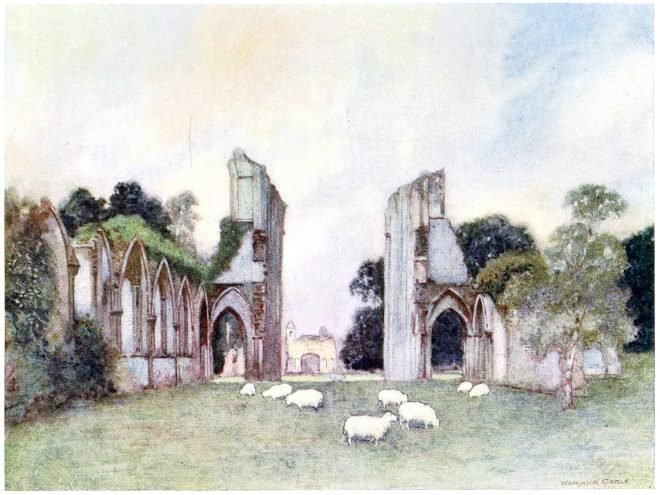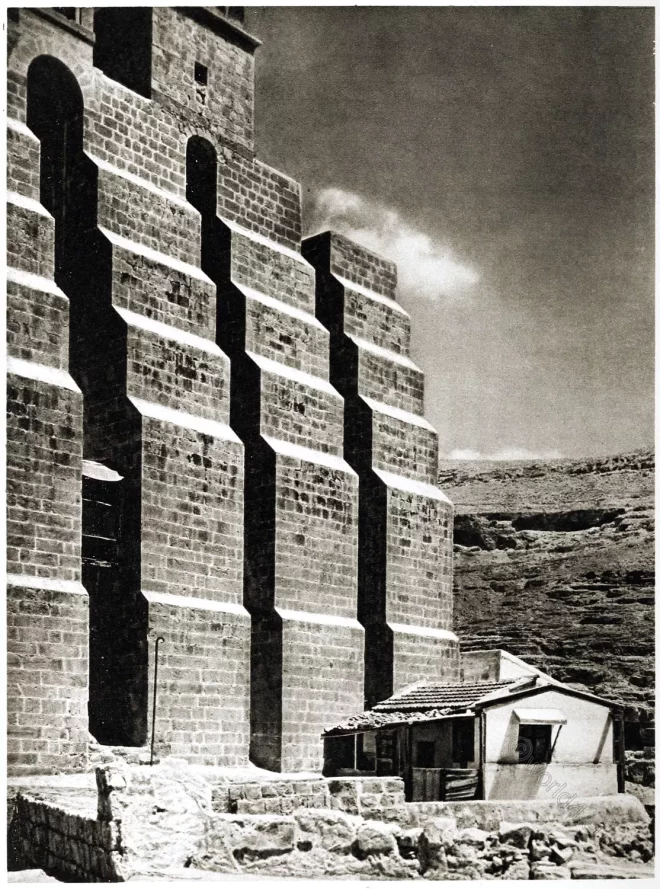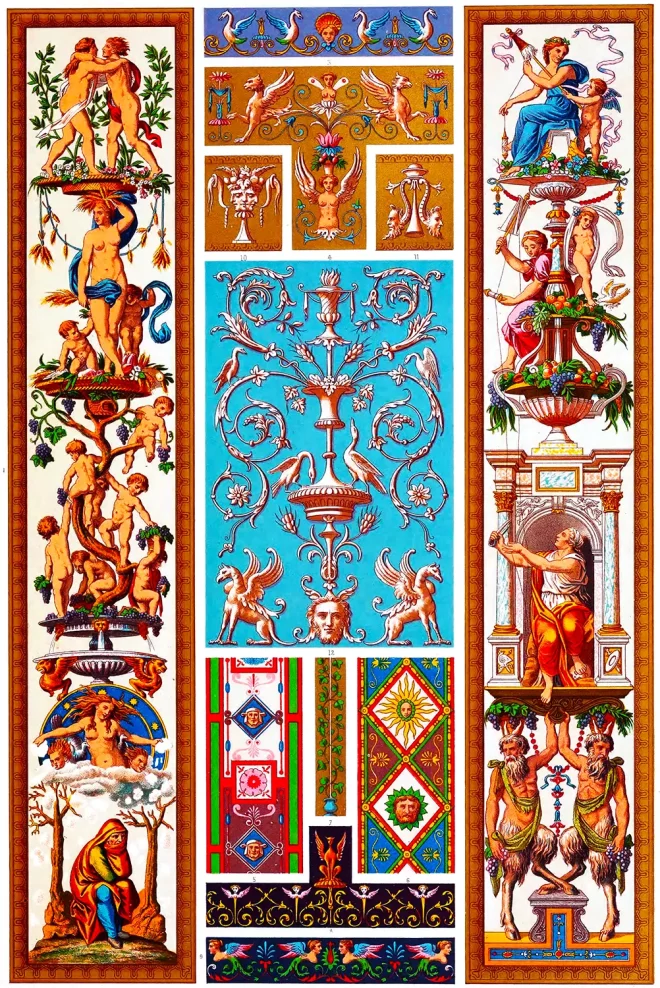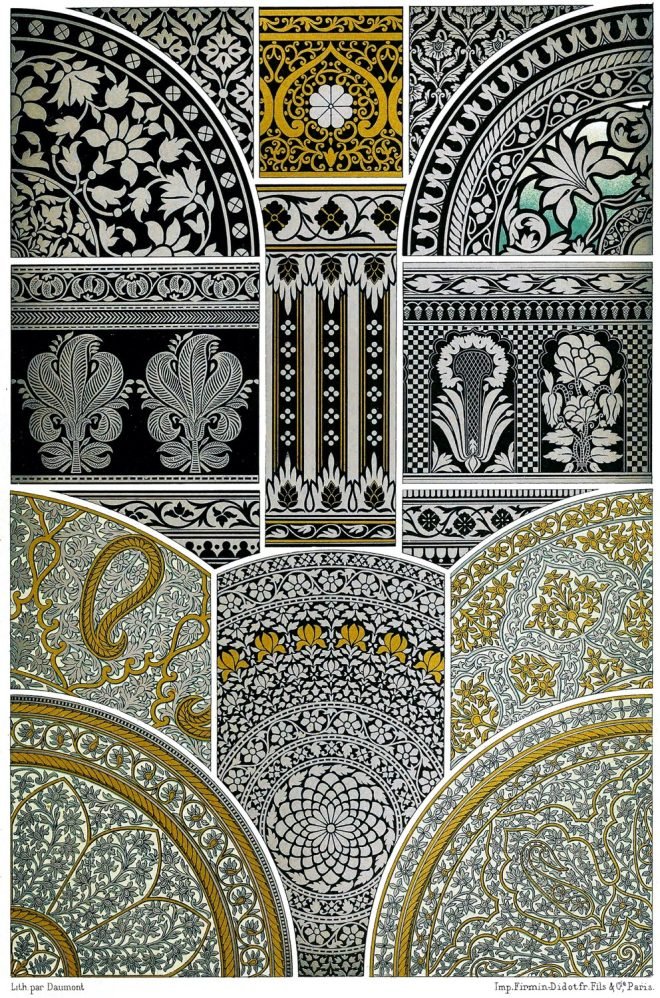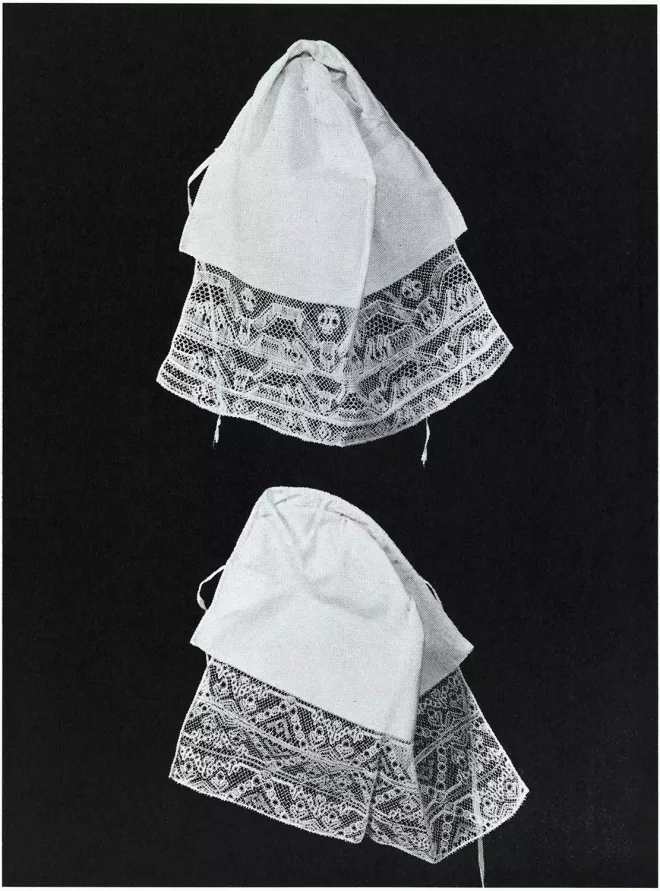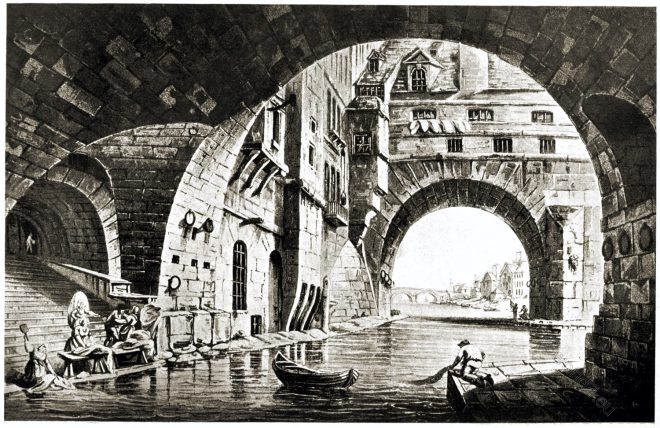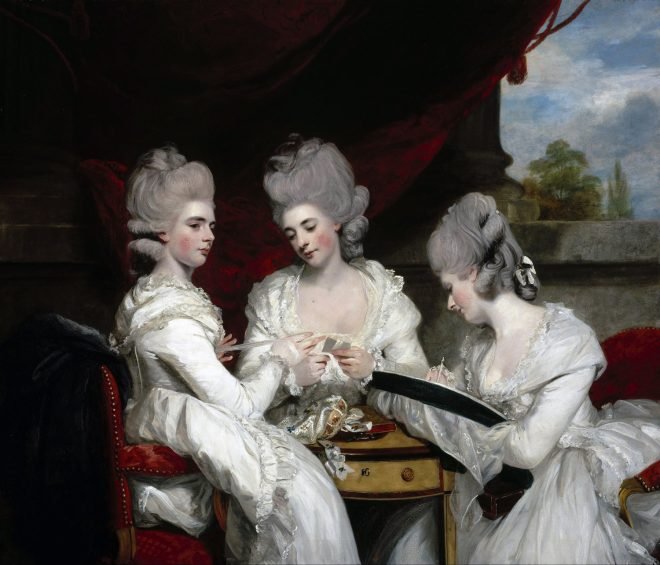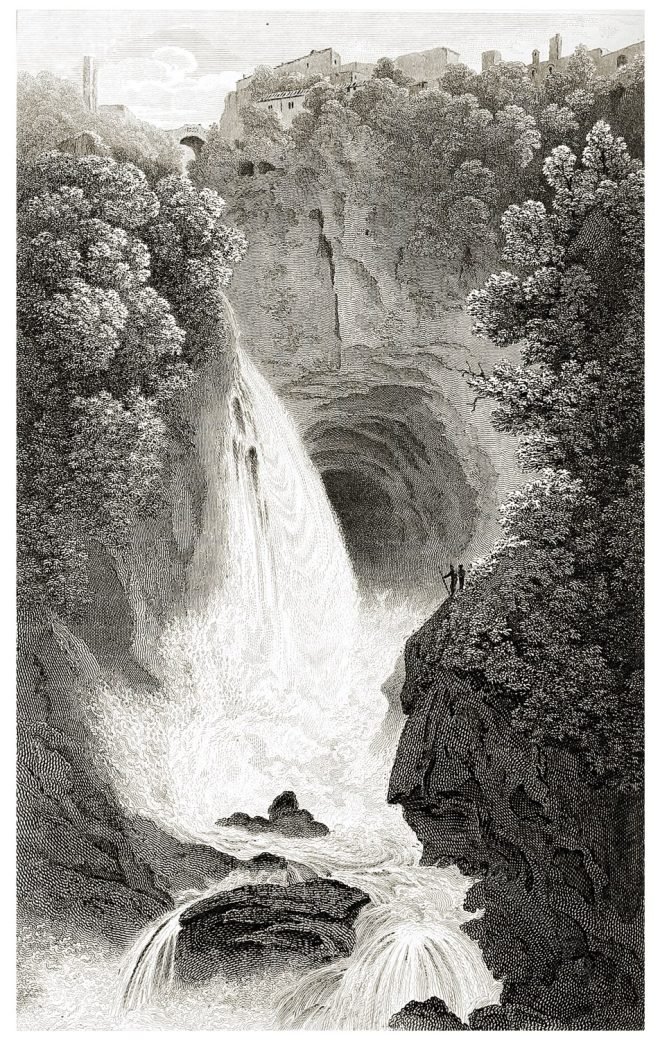The memories of the British Inyswytryn, the Saxon Glaestingburge, the modern Glastonbury, or as it was sometimes called the isle of Avalon
Category: Genre
The Laura of Mar Saba near the Dead Sea.
Nine and a half miles, on horseback, from Jerusalem in the unique grandeur of its situation (the Wilderness of Engedi, near the Dead Sea), the Laura of Mar Saba…
Early monastic life and the controversy over icons.
Two groups of poets, living in the seclusion of two monasteries were particularly involved in the dispute when at its height.
Frescoes and Arabesques of Raphael – Loggie of The Vatican.
Renaissance 16th Century. Frescoes and Arabesques of Raphael. Loggie of The Vatican. By Polychromatic ornament by Auguste Racinet.
Indian Art. Niellos and engraved metals. Ornamental decorations.
Niellos and engraved metals. Ornamental decorations on utilitarian objects.
Indian arts and crafts of the 19th century.
Textile techniques of Swedish peasant art-weavings.
Women’s head-dress of linen. Edged in front with white lace. — From 1750—1850.
The Washing Place of the Hotel-Dieu, Paris.
The Pont au Double seen from the Pont Saint-Charles. The Washing Place of the Hotel-Dieu.
The Hagia Sophia of Thessaloniki, Greece. Byzantine Architecture.
The Church of St. Sophia Thessaloniki. The grand scene of the Ascension is one of the best specimens of Byzantine mosaic extant.
The three daughters of the 2nd Earl Waldegrave by Joshua Reynolds.
The three beautiful daughters of James, second Earl Waldegrave was painted by Sir Joshua Reynolds in 1780-1 for Horace Walpole.
View of the Cascade at Tivoli. Italian scenery.
This second fall is by most preferred to the great one above, where the waters, descending in one sheet, pass under the bridge seen above.

